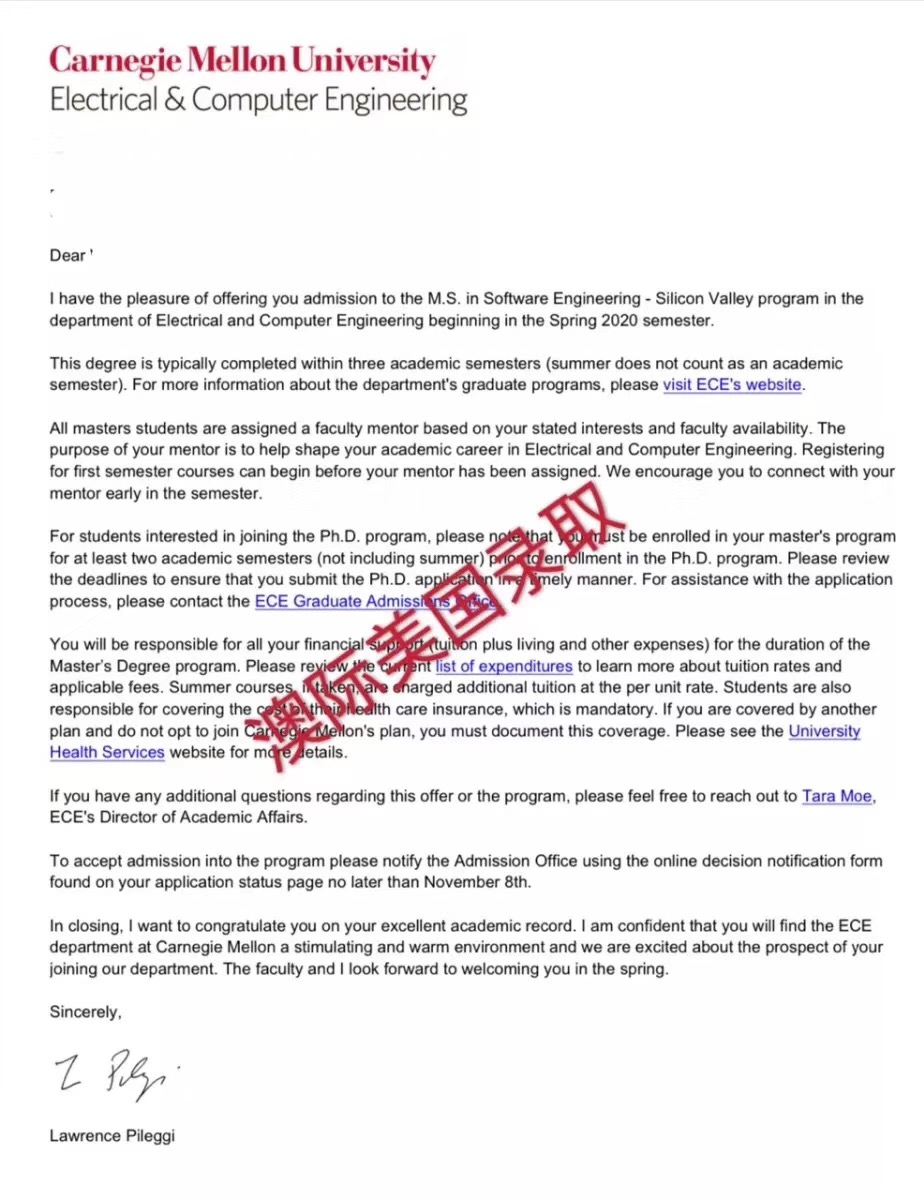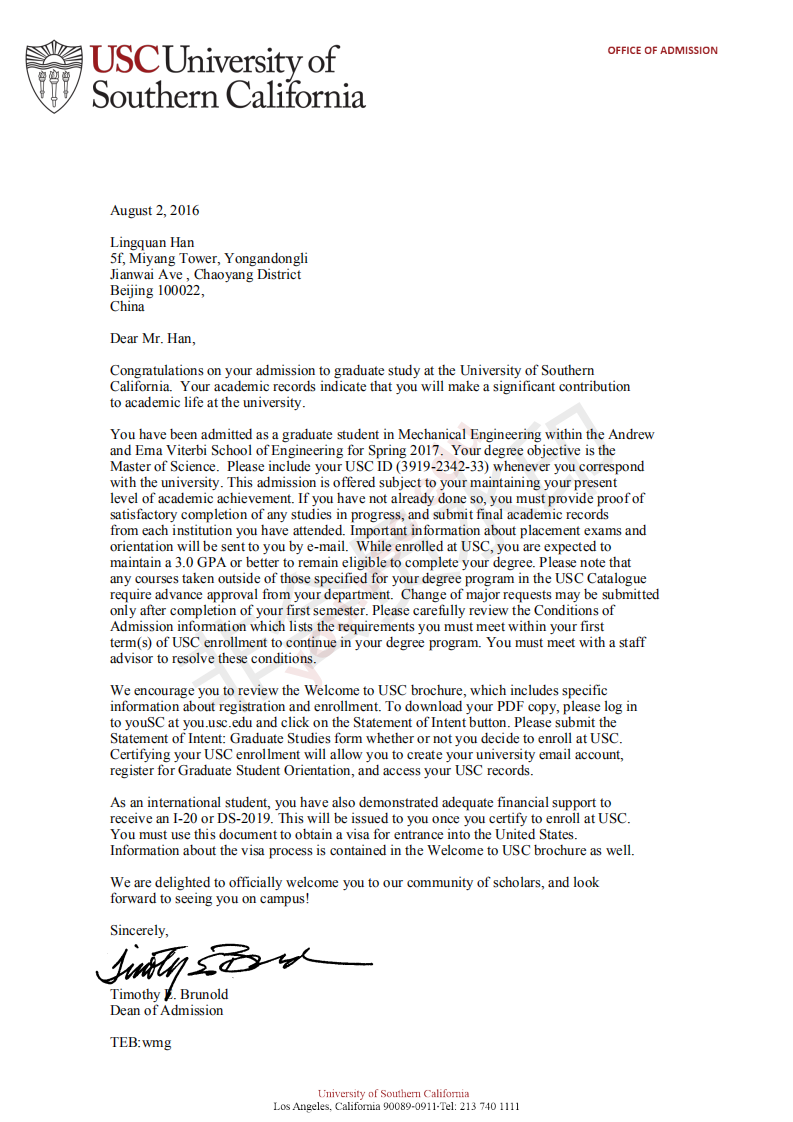SAT2美国历史词汇表:N.
2017-08-06 229阅读
大家一定要掌握关于SAT2美国历史的一些词汇,下面澳际小编为大家介绍以字母N开头的SAT2美国历史词汇表整理,词汇中涉及到了重要的历史事件、历史时期以及人物,非常全面,大家在复习SAT2美国历史时可以进行参考。
N
Nagasaki
The site of the second U.S. atomic bomb attack on Japan. Nagasaki was devastated by a nuclear blast on August 9, 1945. The explosion caused 40,000 immediate deaths and 60,000 injuries.
National Association for the Advancement of Colored People (NAACP)
Established in 1909 by a group of African Americans (led byW.E.B. Du Bois) who joined with white rormers. The NAACP called for an end to racial discrimination, attacked Jim Crow laws, and fought to overturn the 1896 Supreme Court decision Plessy v. Ferguson. In the 1920s, it served as a counterpoint to the more radical black rights group, the UNIA, led by Marcus Garvey.
National Conservation Commission
Created in 1909 by Theodore Roosevelt. The National Conservation Commission aimed to achieve more ficient and responsible management of the nation’s resources.
National Dense Act
Passed in June 1916. The National Dense Act called for the buildup of military forces in anticipation of war and was largely a response to German threats to American neutrality.
National Labor Relations Act
Popularly known as the Wagner Act. The National Labor Relations Act of 1935 provided a framework for collective bargaining. It granted workers the right to join unions and bargain, and forbade employers from discriminating against unions. The act demonstrated FDR’s support for labor needs and unionization.
National Origins Act
Passed in 1924. The National Origins Act established maximum quotas for immigration into the United States. This law severely restricted immigration from southern and eastern Europe, and excluded Asians entirely.
National Organization for Women (NOW)
Formed in 1966. NOW was a central part of the 1960s women’s liberation movement. The organization lobbied Congress for equal rights, initiated lawsuits, and raised public awareness of women’s issues.
National Recovery Administration (NRA)
Perhaps the most important element of the first New Deal, the NRA established a forum in which business and government officials met to set regulations for fair competition. These regulations bound industry from 1933 until 1935, when the Supreme Court declared the NRA unconstitutional.
National Republican Party
Led by Henry Clay and John Quincy Adams. The National Republicans were one of the two new political parties that emerged in the late 1820s to challenge the dominant Republican Party. The National Republican Party found its core support in the industrial Northeast. During Jackson’s second term in office, the party reconfigured into the Whig Party.
National War Labor Board
Monitored and regulated the forts of organized labor during World War II. Although the board restricted wage increases, it encouraged the extension of many fringe benits to American workers.
Navigation Acts
Regulated trade in the colonies (1651–1673) in order to exclusively benit the British economy. The acts restricted trade between England and the colonies to English or colonial ships; required certain colonial goods to pass through England or Scotland bore being exported to foreign nations; provided subsidies for the production of certain raw goods in the colonies; and banned the colonists from competing with the English in large-scale manufacturing.
Neutrality Acts
Passed by Congress between 1935 and 1937. The acts made arms sales to warring countries illegal and forbade American citizens to travel aboard the ships of belligerent nations in an fort to keep the U.S. out of World War II.
New Deal
FDR’s strategy for reli and recovery in the United States during the Great Depression. Most New Deal measures emerged during the first hundred days of FDR’s presidency.
New England Confederation
Formed by New England colonies of Massachusettes, Connecticut, New Haven, and Plymouth in 1643 as a dense against local Native American tribes and the encroaching Dutch. The colonists formed the alliance without the English crown’s authorization.
New freedom
Woodrow Wilson’s approach to foreign relations. Unlike Roosevelt’s “big stick” policies and Taft’s dollar diplomacy, Wilson’s foreign policy denounced imperialism and economic meddling, and focused instead on spreading democracy throughout the world.
New Frontier
John F. Kennedy’s domestic policy. The “New Frontier” focused on rorm at home and victory in the Cold War.
New Jersey Plan
Presented at the Constitutional Convention as an alternative to the Virginia Plan. The New Jersey Plan proposed a unicameral Congress with equal representation for each state.
New Look
Eisenhower’s Cold War strategy, prerring deterrence to ground force involvement, and emphasizing the massive retaliatiory potential of a large nuclear stockpile. Eisenhower worked to increase nuclear spending and decrease spending on ground troops.
Nineteenth Amendment
Ratified in August 1920. The Nineteenth Amendment granted women the right to vote.
Richard Nixon
Republican, served as president from 1969 until his resignation on August 9, 1974. Nixon oversaw a moderately conservative domestic program; gradually pulled troops out of Vietnam; and improved relations with the nation’s communist enemies. He resigned from office after being implicated in the Watergate scandal.
Nixon Doctrine
Announced in July 1969 as a corollary to Nixon’s forts to pull American troops out of Vietnam, the Nixon Doctrine pledged a change in the U.S. role in the Third World from military protector to helpful partner.
Non-Intercourse Act
After the repeal of the Embargo Act, this 1809 law restricted trade with Britain and France only, opening up trade with all other foreign ports.
Oliver North
A member of the National Security Council who was involved in the Iran-Contra scandal. In 1987, investigations revealed that North had headed the initiative to secretly and illegally fund the contras in Nicaragua, who fought against an anti-U.S. regime.
North American Free Trade Agreement (NAFTA)
Passed by a narrow margin in Congress in November 1993. NAFTA removed trade barriers between Canada, the U.S., and Mexico. President Bill Clinton championed this and other forts to integrate the U.S. into the international economy.
North Atlantic Treaty Organization (NATO)
Formed in 1949 to counter the Soviet threat in Eastern Europe. NATO members agreed to be a part of a unified coalition in the event of an attack on one of the nations. Throughout the Cold War, NATO was the primary Western alliance in opposition to communist forces.
Northwest Ordinance
Dined the process by which new states could be admitted into the Union from the Northwest Territory. The ordinance forbade slavery in the territory but allowed citizens to vote on the legality of slavery once statehood had been established.
Nullification Crisis
Like the tariff bills of 1816 and 1824, the Tariff of 1828 hurt the Southern economy while beniting Northern and Western industries. For this reason, Southerners called it the “Tariff of Abominations.” Vice President John C. Calhoun denounced the tariff as unconstitutional on the grounds that federal laws must benit all states equally, and urged that states nullify the tariff within their own borders. South Carolina did so in November 1832, punctuating a debate over tariffs and states’ rights that raged within the administration and the entire federal government between 1828 and 1833.
Nuremberg Trials
Trials of Nazi war criminals that began in November 1945. More than 200 dendants were indicted in the thirteen trials. All but thirty-eight of the dendants were convicted of conspiring to wage aggressive war and of mistreating prisoners of war and inhabitants of occupied territories.
以上就是以字母N开头的SAT2美国历史词汇表整理介绍。接下来澳际小编还会连续为大家介绍其它SAT2考试词汇,希望大家持续关注。澳际小编祝大家都能取得优异的SAT2考试成绩!
SAT2美国历史词汇表:NSAT2美国历史词汇表:N(1)大家一定要掌握关于SAT2美国历史的一些词汇,下面澳际小编为大家介绍以字母N开头的SAT2美国历史词汇表整理,词汇中涉及到了重要的历史事件、历史时期以及人物,非常全面,大家在复习SAT2美国历史时可以进行参考。
N
Nagasaki
The site of the second U.S. atomic bomb attack on Japan. Nagasaki was devastated by a nuclear blast on August 9, 1945. The explosion caused 40,000 immediate deaths and 60,000 injuries.
National Association for the Advancement of Colored People (NAACP)
Established in 1909 by a group of African Americans (led byW.E.B. Du Bois) who joined with white rormers. The NAACP called for an end to racial discrimination, attacked Jim Crow laws, and fought to overturn the 1896 Supreme Court decision Plessy v. Ferguson. In the 1920s, it served as a counterpoint to the more radical black rights group, the UNIA, led by Marcus Garvey.
National Conservation Commission
Created in 1909 by Theodore Roosevelt. The National Conservation Commission aimed to achieve more ficient and responsible management of the nation’s resources.
National Dense Act
Passed in June 1916. The National Dense Act called for the buildup of military forces in anticipation of war and was largely a response to German threats to American neutrality.
National Labor Relations Act
Popularly known as the Wagner Act. The National Labor Relations Act of 1935 provided a framework for collective bargaining. It granted workers the right to join unions and bargain, and forbade employers from discriminating against unions. The act demonstrated FDR’s support for labor needs and unionization.
National Origins Act
Passed in 1924. The National Origins Act established maximum quotas for immigration into the United States. This law severely restricted immigration from southern and eastern Europe, and excluded Asians entirely.
National Organization for Women (NOW)
Formed in 1966. NOW was a central part of the 1960s women’s liberation movement. The organization lobbied Congress for equal rights, initiated lawsuits, and raised public awareness of women’s issues.
National Recovery Administration (NRA)
Perhaps the most important element of the first New Deal, the NRA established a forum in which business and government officials met to set regulations for fair competition. These regulations bound industry from 1933 until 1935, when the Supreme Court declared the NRA unconstitutional.
National Republican Party
Led by Henry Clay and John Quincy Adams. The National Republicans were one of the two new political parties that emerged in the late 1820s to challenge the dominant Republican Party. The National Republican Party found its core support in the industrial Northeast. During Jackson’s second term in office, the party reconfigured into the Whig Party.
National War Labor Board
Monitored and regulated the forts of organized labor during World War II. Although the board restricted wage increases, it encouraged the extension of many fringe benits to American workers.
Navigation Acts
Regulated trade in the colonies (1651–1673) in order to exclusively benit the British economy. The acts restricted trade between England and the colonies to English or colonial ships; required certain colonial goods to pass through England or Scotland bore being exported to foreign nations; provided subsidies for the production of certain raw goods in the colonies; and banned the colonists from competing with the English in large-scale manufacturing.
Neutrality Acts
Passed by Congress between 1935 and 1937. The acts made arms sales to warring countries illegal and forbade American citizens to travel aboard the ships of belligerent nations in an fort to keep the U.S. out of World War II.
New Deal
FDR’s strategy for reli and recovery in the United States during the Great Depression. Most New Deal measures emerged during the first hundred days of FDR’s presidency. 上12下
共2页
阅读全文留学咨询
更多出国留学最新动态,敬请关注澳际教育手机端网站,并可拨打咨询热线:400-601-0022
留学热搜
相关推荐
- 专家推荐
- 成功案例
- 博文推荐

Copyright 2000 - 2020 北京澳际教育咨询有限公司
www.aoji.cn All Rights Reserved | 京ICP证050284号
总部地址:北京市东城区 灯市口大街33号 国中商业大厦2-3层









高国强 向我咨询
行业年龄 11年
成功案例 2937人
留学关乎到一个家庭的期望以及一个学生的未来,作为一名留学规划导师,我一直坚信最基本且最重要的品质是认真负责的态度。基于对学生和家长认真负责的原则,结合丰富的申请经验,更有效地帮助学生清晰未来发展方向,顺利进入理想院校。
陈瑶A 向我咨询
行业年龄 15年
成功案例 4612人
拥有大量高端成功案例。为美国哈佛大学、宾夕法尼亚大学等世界一流名校输送大批优秀人才。
齐亚楠 向我咨询
行业年龄 13年
成功案例 3536人
商科案例有哥伦比亚大学等,工科案例有麻省理工大学等,艺术案例有罗德岛大学等。
李君君 向我咨询
行业年龄 13年
成功案例 3623人
成功案例涉及美国排名前60的院校,专业涵盖商科(金融,会计,管理),工科(生物工程,化学工程,计算机科学,电气工程)等热门领域。